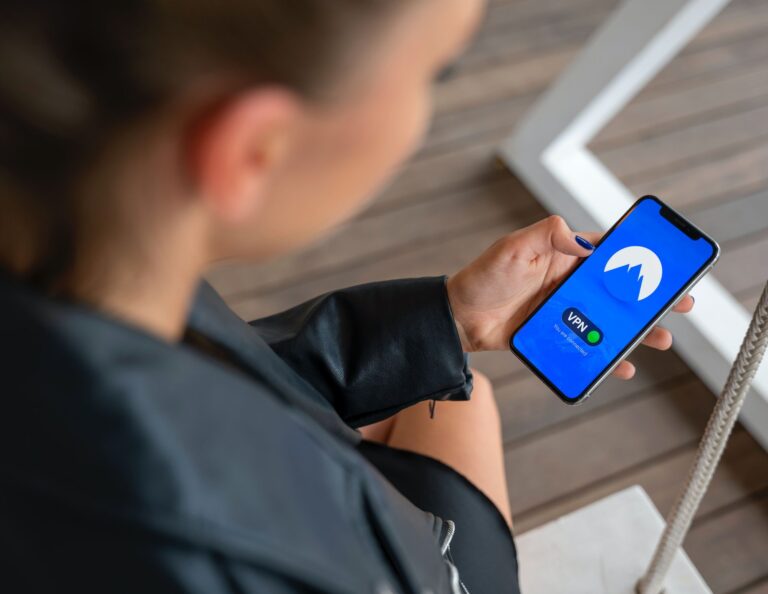
As creative entrepreneurs, we pour a little of our souls into our businesses. This means that judgments on our business or marketing can feel like judgments on ourselves as humans.
And, for many of us, the worst judgment someone could make is that we’re sleazy salespeople.
We fear being accused of trying to ram a sales pitch down someone’s throat. We worry about coming across as too aggressive in our marketing. We don’t want to feel annoying or pushy.
Yet, sell we must. That is, if we want to make a living.
The question then becomes: How do we sell our services in our marketing without seeming (or feeling) salesy?
As a copywriter for creative entrepreneurs, I’ve unearthed the secrets to selling without a hint of sleazy sales tactics.
It’s all about building a brand that’s earnest. A brand that stretches beyond what you’re “selling” and encompasses your vision and value.
Let’s look closer at how to sell without the sleaze.
To sell your services, don’t “sell,” empathize.
In college, I worked as a commission-based sales associate at an upscale intimates boutique. Like a salesperson at a car dealership, I was expected to sell the most expensive pieces in the store and convince customers to keep adding to their totals.
At first, I was terrible at this job. I’m a quiet and serious person. By no stretch of the imagination would I have been considered the “salesperson” type.
And when I tried to copy the tactics I saw my coworkers using with success, it came across as disingenuous and, yes, a little slimy.
I couldn’t fake my way to a boisterous sales pitch.
So I gave up. I decided to forget about the commission and resolved to take home my base pay and nothing more.
The strange thing was that after dropping my salesperson persona, I began to see customers as the individuals they were, instead of as “targets.”
As a result, I stopped feeling nervous about how I was coming across. (Am I confident enough? Cheery enough?) And I let my empathic nature take over.
The women who shopped at the store were vulnerable, looking for a bra that would finally fit them well. Other times, they were shopping for something that would make them feel sexy for their wedding night, or anniversary, or for the first time after losing 50 pounds.
I listened. I cared. I repeated their concerns back to them in a validating way. I helped them feel good about their purchasing decisions. I suggested pieces that I knew would help them achieve what they wanted.
They felt seen, not sold to. And I felt like I’d served them, rather than sold to them.
Not only was I more successful at selling higher-priced pieces (almost without even trying), but I also felt aligned with my true self.
How to sell with empathy in marketing and copywriting
This is the same approach you should take in your marketing and copywriting. I’ve laid out the steps to make it easier to remember:
- Forget about making the sale. Forget about being likable or confident or upbeat. (What a relief!)
- Listen to what your potential clients are saying they want or need or struggle with. Feel their pain in your gut. Try to let go of yourself and radically empathize.
- With deep understanding, repeat their pains back to them to validate what they’ve been struggling with. Use the same phrases they’ve used. Strive to make them feel seen.
- Finally, show them how you can help take that pain away. Offer it with kindness. Believe that in sharing with them how you can help, you’re helping them leave behind those struggles.
You can use this framework in writing on your website, in an Instagram caption, during a sales call and even in your proposals.
Pro tip: Use HoneyBook to craft proposals in this framework and then immediately send prospects to your online contract and then the invoice.
Psst. This is a version of the classic copywriting framework P-A-S: Pain/Problem, Agitate, Solution.
1 | Give more than you sell
If the only time you talk to your customers is when you’re asking for a sale, then it’s likely they will perceive you as salesy. Yikes.
Instead, give more than you sell: Make generous content the core of your marketing strategy.
When you give away information and insights for free, a few important things happen:
- Your audience begins to trust you as someone who wants to help, not just make a quick buck.
- Your audience begins to be convinced that you are someone who can help–that you know what you’re talking about.
- Your audience sees how much you care about your craft because you’re consistently sharing about it. Even when you have no “end game” of selling a program or service.
How to make copywriting for content creation easier
But, creating lots of free content can be time-consuming. That’s why I suggest using the following strategy to cut back on the time spent creating and get the most mileage out of your content:
- Choose your “core” platform. This is the platform you will create each piece of content for first. For me, it’s my blog, because writing is what comes most easily to me. For you, it might be your YouTube channel, Instagram, email list, or podcast.
- Create a top-quality piece of content. It should be original, in-depth and well-crafted. This is where you should spend the most time.
- Break your piece of content into smaller chunks to re-use on your other platforms. For example, I divide each blog post I write into 10 social media posts for Instagram and Facebook and two email newsletters.
By the end of the month, you’ve shown up consistently on all your platforms with generous free content to help establish you as someone who gives more than you sell.
As a result, when you do ask for a sale, your audience will be delighted to buy from you.
2 | Nurture leads over time
Pause for a moment and conjure a memory of an unpleasant sales experience. One where you felt like a walking bank account to the salesperson rather than a human being.
What did you think of?
I immediately thought of telemarketers.
Experiences with telemarketers are famously unpleasant. And the reason is that their goal is to close the deal with you right then. Over the phone, without ever having spoken to you before.
You can avoid this telemarketer sleaze by nurturing your leads instead of trying to close the deal right away.
Nurturing leads is the process of gently marketing to them for weeks or even months before finally asking for the big sale.
Marketer Donald Miller likes to use the analogy of dating to explain this concept. You can’t run up to someone you’ve never met and ask them to marry you. They’ll feel frightened or offended and run away. Instead, you have to ask for smaller yesses first, like asking for their phone number. Then, you ask them on a first date, then a second… and eventually, you ask them to marry you. And they say yes! With joy!
Similarly, make sure you’re not asking new leads to “marry you” right away. Instead, create a marketing process that starts with a very small yes and slowly builds over time to the Big Question: Will you buy from me?
For me, this first small ask is to follow me on Instagram. Then, I ask for an email address to join my email list. Eventually, I’ll suggest they schedule a 1:1 call using the HoneyBook Scheduler. And after one or two of those calls, I ask for the sale.
3 | Avoid feeling salesy by aiming for a brand voice of empathy and generosity
I felt such resistance to the idea of “selling” and even “marketing” for a long time. It made me feel icky, like a swindler or a beggar asking people to give me their money.
But all that resistance? It was to the idea of selling I had developed–where selling was the thing that telemarketers or car salespeople do.
Once I shifted my mindset to honor my natural inclinations toward empathy and generosity, everything about selling changed for me.
If you’d like to learn more about how to sell your services without feeling salesy, join my intimate weekly email, the Midweek Missive.
Ready to connect and convert your ideal clients? Get our Brand Voice & Copywriting Ultimate Guide.
Plus, 5 more posts you might like:



